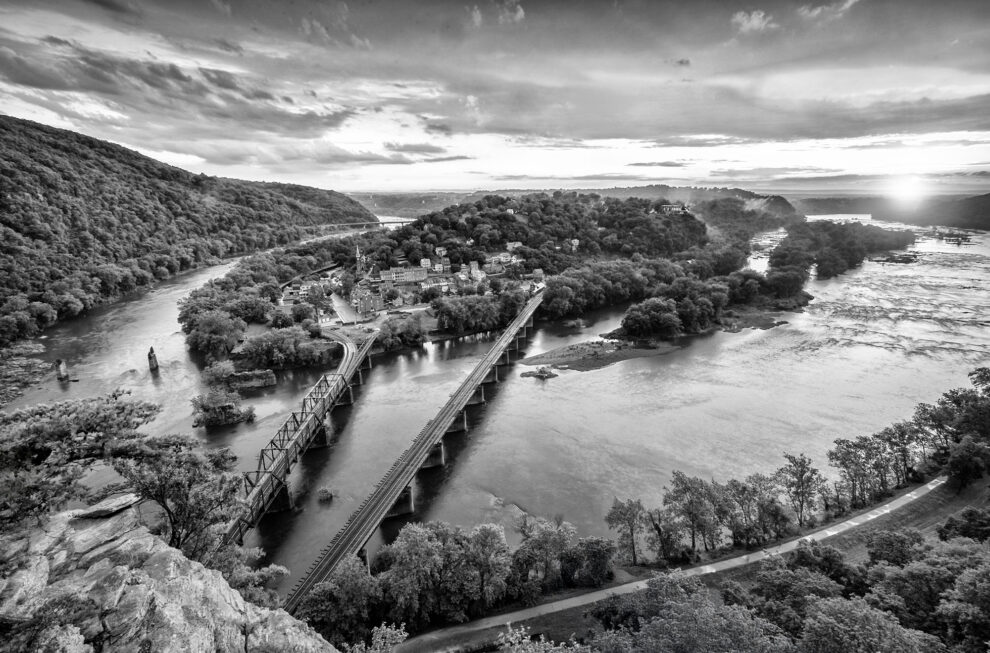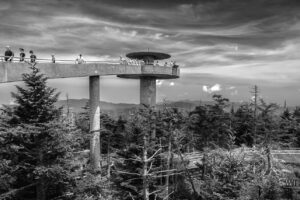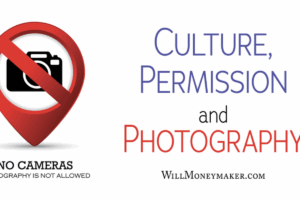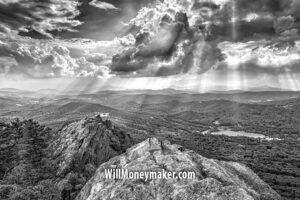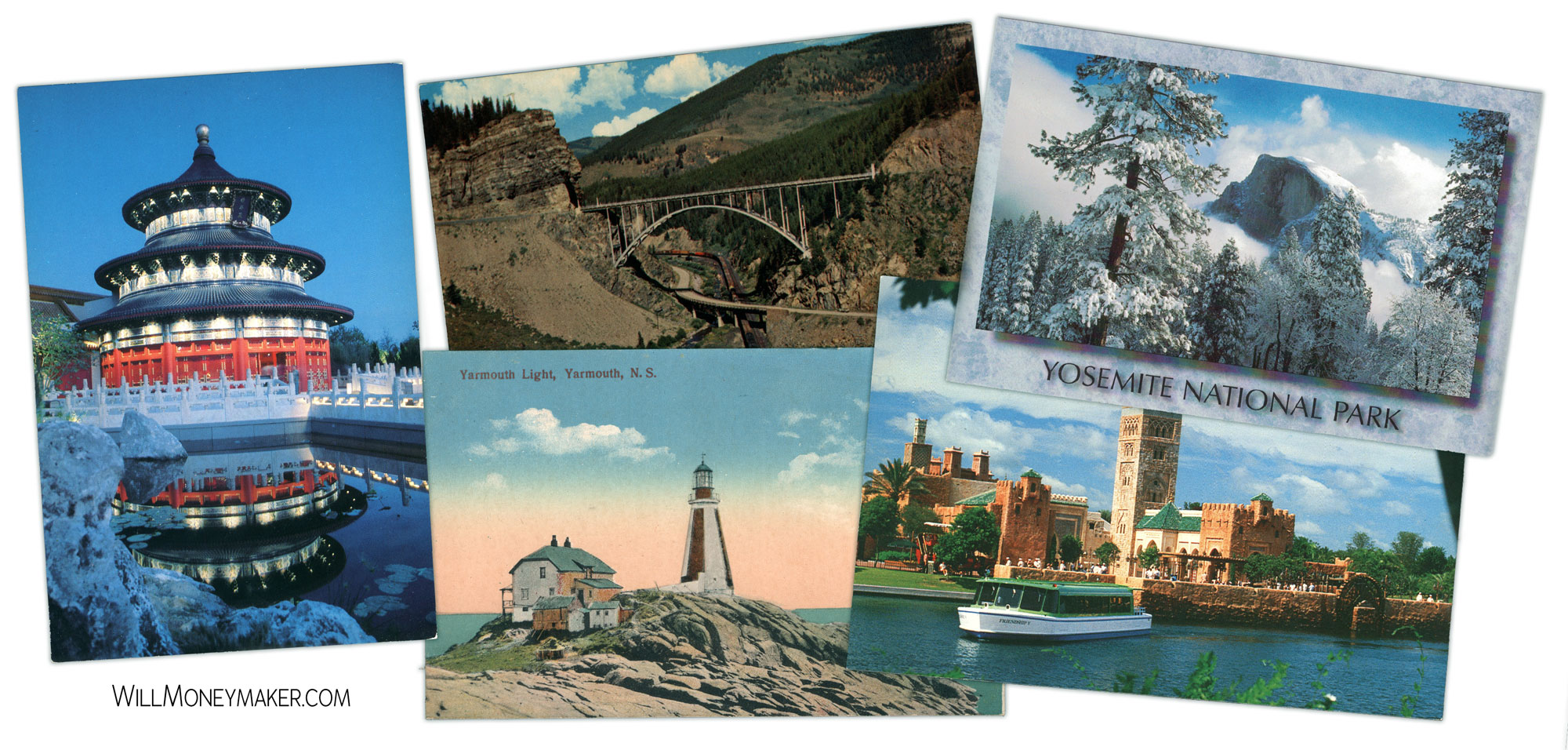A large portion of my time is devoted not just to photography itself, but to something just as important: finding new places to create it. Scouting, for me, is part of the adventure. It's a little like being on a treasure hunt with your camera bag in the passenger seat and curiosity behind the wheel. And over the years, I’ve discovered a few ways to make that hunt easier, more enjoyable, and a whole lot more rewarding.
Back when I first got serious about photography, I used to just hop in the car and drive with no particular plan. Sometimes, that spontaneous approach works. But more often than not, I’d come home with a few random shots and the nagging feeling that I had missed something better just around the bend. Today, I plan more deliberately—and it’s made a big difference. Here are a few tips I’ve picked up along the way to help you make the most of your own scouting adventures.
Stay Focused on Your Goal
One of the easiest ways to let a great trip get away from you is by chasing every new idea that comes along. I’ve done it more times than I care to admit. I might start out intending to find old barns at golden hour, but then I’ll see an interesting shadow on an office building downtown and suddenly, I’ve lost track of the original goal. Don’t get me wrong—serendipity has its place—but I’ve found that the best results usually come from staying on track.
Start each scouting trip with a theme in mind. Maybe it’s waterfalls. Maybe it’s abandoned buildings, interesting trees, or stretches of old railroad. Whatever it is, let that guide where you go and what you’re looking for. That doesn’t mean you can’t take a few detours now and then, but keeping a clear goal in mind gives your trip purpose—and your photo collection cohesion.
Gear Up Like You Mean It
You never really know what you’re going to stumble across, which is part of the fun—but it also means you have to pack like a Boy Scout. Be ready. That doesn’t mean bringing every piece of gear you own, though. I usually stick to a small, versatile kit: one wide-angle lens, one telephoto, a neutral density filter, and maybe a polarizer depending on the forecast. That setup covers most of what I run into on the road.
Also, pack extras: batteries, memory cards, cleaning cloths. You know the drill. And don’t forget the non-photography essentials—water, snacks, bug spray, a rain jacket, sunscreen. I’ve lost count of how many times I’ve been grateful for those little comforts when I’ve been out longer than expected or had to hike further than planned.
Map It Out
This is one of those things that’s changed dramatically in the last decade. We’re blessed with smartphones and GPS apps that can drop a pin on anything we want to revisit. But—and this is a big one—cell service is still spotty in a lot of great photo locations. That’s why I still carry a paper map or, better yet, a county plat book.
If you’ve never used one, a plat book gives you incredibly detailed info on property lines, access roads, waterways, and more. It’s like a photographer’s dream map, especially if you’re venturing into rural areas. I once used a plat book to track down an old church I saw in the distance off a backroad. Turned out it was just inside the tree line on public land—a hidden gem I wouldn’t have found otherwise.
I also keep a little notebook in the car to jot down thoughts and impressions as I go. Sure, you can do this with your phone, but there’s something satisfying about flipping through those notes later. They’ve helped me build a mental map of interesting places to revisit in different seasons or lighting conditions.
Give Yourself Permission to Wander
Sometimes, the best thing you can do is throw out the plan entirely and just drive. Some of my favorite photos have come from the days when I wasn’t looking for anything in particular. There’s a freedom in just rolling through the countryside with no agenda, no pressure. Let yourself enjoy that every now and then.
Recently, I took a backroad I’d never been on before and found a broken-down bridge that had been overtaken by vines. The sunlight hit it just right—one of those moments you can’t plan. That’s the thrill of scouting. It’s not always about finding something specific. It’s about being open to what shows up.
Final Thoughts
If you’re just getting started in photography, scouting might feel like the stuff you do in between the “real” work. But I promise you, it’s not. Scouting is photography—it’s where the excitement begins. The searching, the discovering, the noting of ideas and places you’ll return to with purpose and vision.
It’s part of what makes photography such a rich, lifelong pursuit. So pack your gear, plot your course (or don’t), and give yourself the time and space to go looking. The photos you bring home may just be the beginning of something even bigger.
Now go and enjoy the beauty of God’s creation through your lens.

